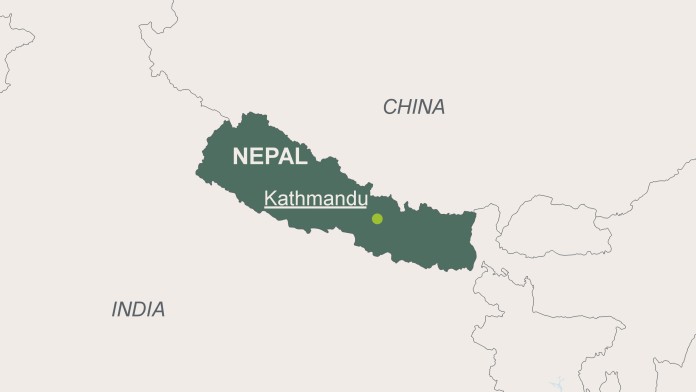
With mountains over 8,000 metres high, the small country of Nepal is situated between its large neighbours, India and China. The nation is characterised by its diverse population, with its approximately 30 million inhabitants including around 100 other ethnic groups in addition to the majority Nepalese population. More than 70% of the population makes a living from farming. Since September 2015, the country has had a new constitution which emphasises the rights of women and minorities.
Nepal is still suffering the effects of the coronavirus pandemic and the aftermath of an earthquake in 2015. Many roads and buildings have been destroyed, including numerous healthcare facilities. Medical care in the country is insufficient. Nepal’s geographical location has an impact on the economic situation, with the mountainous regions making trade more difficult and low productivity prevailing in the agricultural sector, in which most of the population is employed. The country’s financial institutions are also poorly developed.
KfW is supporting the Nepalese government in overcoming its challenges in terms of development policy.
The priority areas for this cooperation are in the following areas:
Health stations and clinics are being rebuilt or restored, especially in the regions hit by the earthquake. The general contribution made to further improving healthcare has led to a sharp decline in the prevalence of diseases such as AIDS, polio, malaria and leprosy. Maternal and child mortality have also decreased.
In addition, KfW is helping to bolster the poorly developed financial institutions in Nepal. Micro, small, and medium-sized enterprises (MSMEs) in the mid-range financial segment (“missing middle”) between microloans and investment loans need to be able to access sources of finance. This has to be done by refinancing and expanding the capacity of banks in rural and semi-urban areas, making a contribution to sustainable and equitable economic growth.
KfW is helping the country to leverage its enormous potential to produce electricity from renewable energy sources such as hydropower and solar energy with its high mountains, glaciers and rivers. This support includes the expansion and improvement of transmission and distribution networks to carry sustainably generated electricity to Nepal’s economic centres. In remote regions with no access to the grid, it is funding the expansion and installation of communal solar power systems and solar-powered water pump systems.
KfW Office Kathmandu
German Development Cooperation Office
Sanepa, Lalitpur
Kathmandu
Nepal
+977 1 5423 228
Fax: +977 15 53 56 93
Share page
To share the content of this page with your network, click on one of the icons below.
Note on data protection: When you share content, your personal data is transferred to the selected network.
Data protection
Alternatively, you can also copy the short link: kfw-entwicklungsbank.de/s/enzBWsmR
Copy link Link copied